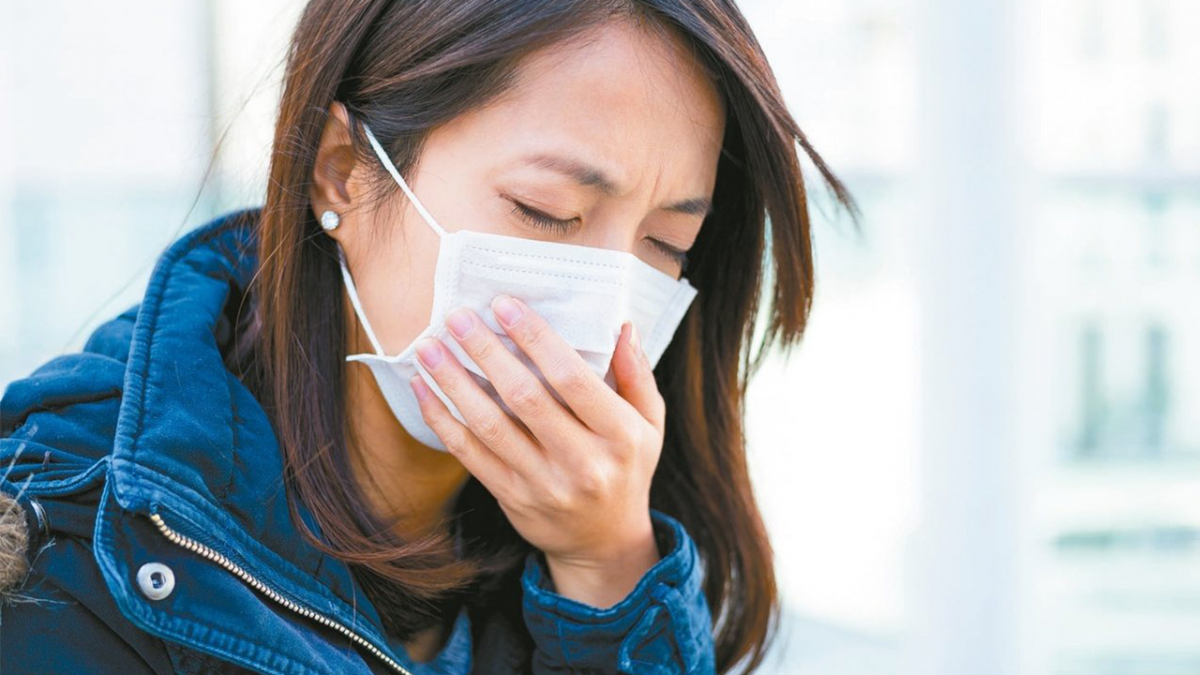Advertisement
Allergen testing methods for allergic rhinitis in children can be primarily divided into two categories: in vivo allergen testing and in vitro allergen testing. The commonly used method for in vivo allergen testing is the skin prick test. This method involves placing a drop of allergen extract on the child's forearm and then lightly puncturing the skin with a prick needle (which does not cause bleeding and results in only slight pain), making it suitable for children over five years old. This test mainly assesses airborne allergens and provides immediate results. Additionally, in vitro allergen testing involves drawing a blood sample. A single blood test can simultaneously check for multiple allergens and is relatively convenient.

Regarding the accuracy of these two testing methods, the accuracy of in vitro allergen testing relies on the quality of the equipment and reagents used. While both testing methods can yield accurate results, differences may arise due to the use of varying reagents and equipment.
In the diagnostic process for allergic rhinitis in children, it may be beneficial to consider other auxiliary testing methods in addition to conventional allergen testing. For example, blood tests can measure specific Immunoglobulin E (IgE) levels, helping to assess the intensity and frequency of allergic reactions. Moreover, nasal endoscopy can provide a more direct observation of pathological changes in the nasal cavity, assisting in diagnostic and treatment decisions.
If desensitization therapy is needed or if a more specific allergen test is required—for instance, when the reagents used lack local pollen—performing a skin prick test is recommended for complementary assessment. These two testing methods complement each other to ensure the comprehensiveness and accuracy of the results. The clinical manifestations of allergic rhinitis in children are diverse, with common symptoms including nasal congestion, rhinorrhea, sneezing, and ocular itching. If these symptoms persist and affect the quality of life, timely allergen testing is essential.
Regarding the turnaround time for test results, the skin prick test typically provides results within 10 to 15 minutes after observation, whereas in vitro allergen testing requires sending the blood sample to the laboratory, with result times varying by hospital, generally ranging from one to seven days. Additionally, when selecting a hospital or testing facility, it is important to consider their qualifications and the modernity of their equipment to ensure the reliability of the test results.

In diagnosing and treating allergic rhinitis in children, parents should maintain good communication with healthcare professionals, promptly understand test results, and develop appropriate treatment plans. Especially when children exhibit obvious allergic symptoms, early identification of allergens and implementation of corresponding measures can effectively alleviate symptoms and improve quality of life. With the continuous advancement of medical technology, testing and treatment methods for allergic rhinitis are also innovating, and parents should stay informed about the latest medical research developments to safeguard their children’s health.
Advertisement




